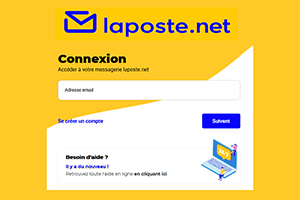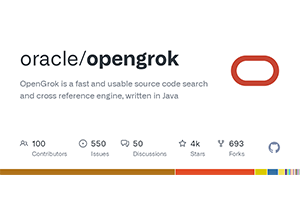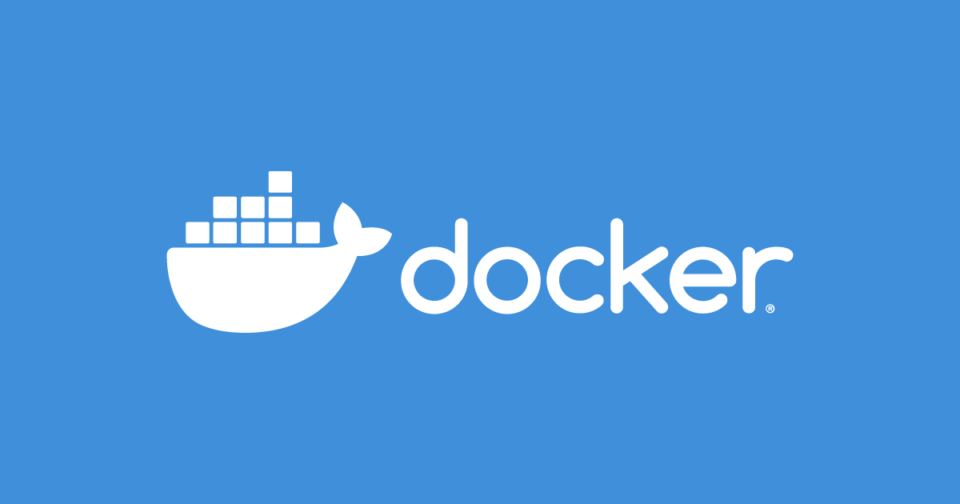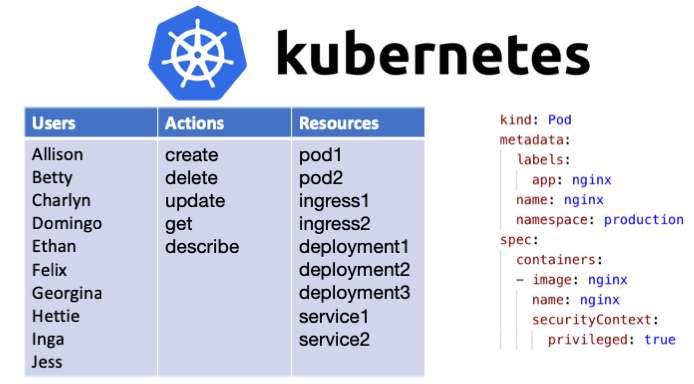The private Docker Registry simplifies managing your application deployment in Kubernetes. Read my tutorial and set up your own private Docker Registry in minutes
Kubernetes is used with Docker containers. Docker containers need to provide a Docker Registry. If you don’t want to use the public docker Registry to publish the image of your application, you need to set up a private Registry
Suppose you want to deploy the image webpage, the following will happen:
---- ------ ---- ---- -------
Normal Scheduled <unknown> default-scheduler Successfully assigned default/webpage-5fc78c945d-sl7gx to k3s-node2
Normal Pulling 15s (x2 over 31s) kubelet, k3s-node2 Pulling image "webpage"
Warning Failed 14s (x2 over 31s) kubelet, k3s-node2 Error: ErrImagePull
Warning Failed 14s (x2 over 31s) kubelet, k3s-node2 Failed to pull image "webpage": rpc error: code = Unknown desc = failed to pull and unpack image "docker.io/library/webpage:latest": failed to resolve reference "docker.io/library/webpage:latest": pull access denied, repository does not exist or may require authorization: server message: insufficient_scope: authorization failed
Warning Failed 2s (x2 over 30s) kubelet, k3s-node2 Error: ImagePullBackOff
Normal BackOff 2s (x2 over 30s) kubelet, k3s-node2 Back-off pulling image "webpage"In the default configuration, Kubernetes looks for images in the public docker.io Registry
Can the image be built locally on each Kubernetes cluster node? Yes, but it does not work because Kubernetes corresponds to the Docker Registry API
Therefore: You need to provide access to docker Registry. If you don’t want to publish your application’s image in a public registry, the only option is to have a private
Private Docker Registry
Setting up a private Docker Registry requires the following basic steps:
- Create domain and DNS
- Install docker Registry
- Add TLS certificate
Domain and DNS
The first step will be done through your ISP web interface or similar means. For my domain admantium.com, I created a subdomain docker.adamantium.com. Then I added a DNS pointing to my Kubernetes cluster
Install Docker Registry
Use arkade auxiliary tools. Execute the following command, and then check whether the output is normal
>> arkade install docker-registry
NAME: docker-registry
LAST DEPLOYED: Sun Apr 26 19:29:33 2020
NAMESPACE: default
STATUS: deployed
REVISION: 2
TEST SUITE: None
NOTES:
...
================================================== =====================
= docker-registry has been installed. =
================================================== =====================You will see the username and password, copy them
To access the Registry, you need the following parameters: domain name, username, password, and email address. Define them all as environment variables and put them in your .bashrc file
export DOCKER_REGISTRY=<<domain>>
export DOCKER_USERNAME=<<admin>>
export DOCKER_PASSWORD=<<password>>
export DOCKER_EMAIL=<<email>>From now on, whenever the docker command is executed, these parameters will be used
Configure TLS certificate
Use TLS encrypted connection to access Docker Registry. In my previous article, I explained how to install cert-manager, which is a software package that automatically issues and renews certificates
For docker Registry, we will build on cert-manager. Using the following command, you will automatically define a new ClusterIssuer, called letsencrypt-prod-registry, and define an Ingress resource, which forwards the request to configure the domain name to your Docker Registry
>> arkade install docker-registry-ingress --email $DOCKER_EMAIL --domain $DOCKER_REGISTRY
================================================== =====================
= Docker Registry Ingress and cert-manager ClusterIssuer have been installed =
================================================== =====================If you are curious, you can use the following command to take a look
>> kubectl get ingress docker-registry --output=yaml
apiVersion: extensions/v1beta1
kind: Ingress
metadata:
annotations:
cert-manager.io/cluster-issuer: letsencrypt-prod-registry
kubernetes.io/ingress.class: nginx
nginx.ingress.kubernetes.io/proxy-body-size: 200m
spec:
rules:
-host: docker.admantium.com
http:
paths:
-backend:
serviceName: docker-registry
servicePort: 5000
path: /
tls:
-hosts:
-docker.admantium.com
secretName: docker-registry
status:
loadBalancer:
ingress:
-ip: 49.12.45.26After the installation is complete, you should check the log file of cert-manager to see if the TLS certificate has been installed correctly
> kubectl logs -n cert-manager deploy/cert-manager
I0502 15:26:54.317163 1 sync.go:379] cert-manager/controller/certificates "level"=0 "msg"="validating existing CSR data" "related_resource_kind"="CertificateRequest" "related_resource_name"="docker-admantium -com-3726166042" "related_resource_namespace"="default" "resource_kind"="Certificate" "resource_name"="docker-admantium-com" "resource_namespace"="default"
I0502 15:26:54.317935 1 sync.go:479] cert-manager/controller/certificates "level"=0 "msg"="CertificateRequest is not in a final state, waiting until CertificateRequest is complete" "related_resource_kind"="CertificateRequest ""related_resource_name"="docker-admantium-com-3726166042" "related_resource_namespace"="default" "resource_kind"="Certificate" "resource_name"="docker-admantium-com" "resource_namespace"="default" "state"= "Pending"
I0502 15:26:54.324391 1 controller.go:135] cert-manager/controller/certificates "level"=0 "msg"="finished processing work item" "key"="default/docker-registry"Test: Push the image to the private Docker Registry
If all goes well, we can now access the Registry. Execute the following command
> docker login $DOCKER_REGISTRY --username=$DOCKER_USERNAME --password=$DOCKER_PASSWORD
Login SucceededThen, tag your image in this way: <<DOCKER_REGISTRY>>/<<IMAGE-NAME>>:<<VERSION>>. In my case, I would mark the image as
docker.admantium.com/webpage:latest. Then push this image to the Registry.
> docker push docker.admantium.com/webpage:latest
The push refers to repository [docker.admantium.com/webpage]
599b6638e2aa: Pushed
81210be95b2f: Pushed
f3629d9fa534: Pushed
403ab6c36d93: Pushed
313be5a92861: Pushed
f6fbf55b4240: Pushing [==============>] 23.42MB/83.96MB
2fc9f319e2c4: Pushed
de7d7e8f96e8: Pushed
55c928cc6db5: Pushed
e90cdc933987: Pushed
dba921702de8: Pushing [=====>] 8.229MB/76.92MB
883a1e8c9056: Pushing [==>] 17.66MB/326MB
1fbb01ef7573: Pushing [============================================ ====>] 3.584kB
b54ada1169f0: Pushing [==============>] 2.241MB/7.621MB
0586a03753aa: Waiting
531743b7098c: WaitingNow, the image can be pushed to the Registry. We can now test the webpage deployment image in the Kubernetes cluster
kb create deployment --image docker.adamantium.com/webpageBut something is wrong...
>> kb describe pod/webpage-86976f8869-5jgtz
Name: webpage-86976f8869-5jgtz
Namespace: default
Priority: 0
Node: k3s-node2/49.12.64.126
Start Time: Sun, 26 Apr 2020 19:57:53 +0200
Labels: app=webpage
pod-template-hash=86976f8869
Annotations: <none>
Status: Pending
...
Events:
Type Reason Age From Message
---- ------ ---- ---- -------
Normal Scheduled <unknown> default-scheduler Successfully assigned default/test-86976f8869-5jgtz to k3s-node2
Normal Pulling 36s (x3 over 77s) kubelet, k3s-node2 Pulling image "docker.admantium.com/webpage"
Warning Failed 35s (x3 over 75s) kubelet, k3s-node2 Failed to pull image "docker.admantium.com/webpage": rpc error: code = Unknown desc = failed to pull and unpack image "docker.admantium.com/webpage: latest": failed to resolve reference "docker.admantium.com/webpage:latest": unexpected status code [manifests latest]: 401 UnauthorizedKubernetes does not have access to the Registry. Therefore, we need to provide username and password as Secrets resources
Configure Kubernetes Secrete to access the Registry
On your client, create the key as follows
kubectl create secret docker-registry registry-secret \
--docker-server=$DOCKER_REGISTRY \
--docker-username=$DOCKER_USERNAME \
--docker-password=$DOCKER_PASSWORD \
--docker-email=$DOCKER_EMAIL secret/registry-secret createdThen check this Secret. The information you just entered will be rendered as a JSON file and used by Kubernetes when accessing your Registry
> kb describe secret registry-secret
Name: registry-secret
Namespace: default
Labels: <none>
Annotations: <none>
Type: kubernetes.io/dockerconfigjson
Data
====
.dockerconfigjson: 166 bytesNow we need to provide this secret in the deployment file. Create the entry spec.template.spec.imagePullSecrets as shown below
apiVersion: apps/v1
kind: Deployment
metadata:
name: webpage
spec:
selector:
matchLabels:
app: webpage
template:
metadata:
labels:
app: webpage
spec:
containers:
-name: webpage
image: docker.admantium.com/webpage:latest
imagePullSecrets:
-name: registry-secretNow the deployment is successful
>> kb describe pod/webpage-7b4469547b-cpbrq
Name: webpage-7b4469547b-cpbrq
Namespace: default
Priority: 0
Node: k3s-node2/49.12.64.126
Start Time: Sun, 26 Apr 2020 20:43:19 +0200
Labels: app=webpage
pod-template-hash=7b4469547b
Annotations: <none>
Status: Running
IP: 10.42.2.151
IPs:
IP: 10.42.2.151
Controlled By: ReplicaSet/webpage-7b4469547b
Containers:
webpage:
Container ID: containerd://a42ac84a8e8fca2e67c5b32a690d00f5b63bd79a71ecd25a5a62764ebb109768
Image: docker.admantium.com/webpage:0.1.0
Image ID: docker.admantium.com/webpage@sha256:1c15180d3d08a8d4c8f5e7f368bbf54a7a33c163cf0aacb4cb60f460aee6e441in conclusion
In order to use your Kubernetes cluster, you must access the private Docker Registry. In this article, I showed you how to set up Docker in a Kubernetes cluster
Registry, and then you can deploy applications from it. Assuming that you have already installed cert-manager (see the previous article), you only need to install the docker-registry and docker-registry-ingress packages. Then, you will have a TLS encrypted connection to the Docker Registry. To push the image to this Registry, you need to tag the image appropriately and configure the Docker environment variables correctly on the client. Finally, you need to use the access credentials as Secret
With a private Docker Registry, you can start publishing applications




Post comment 取消回复